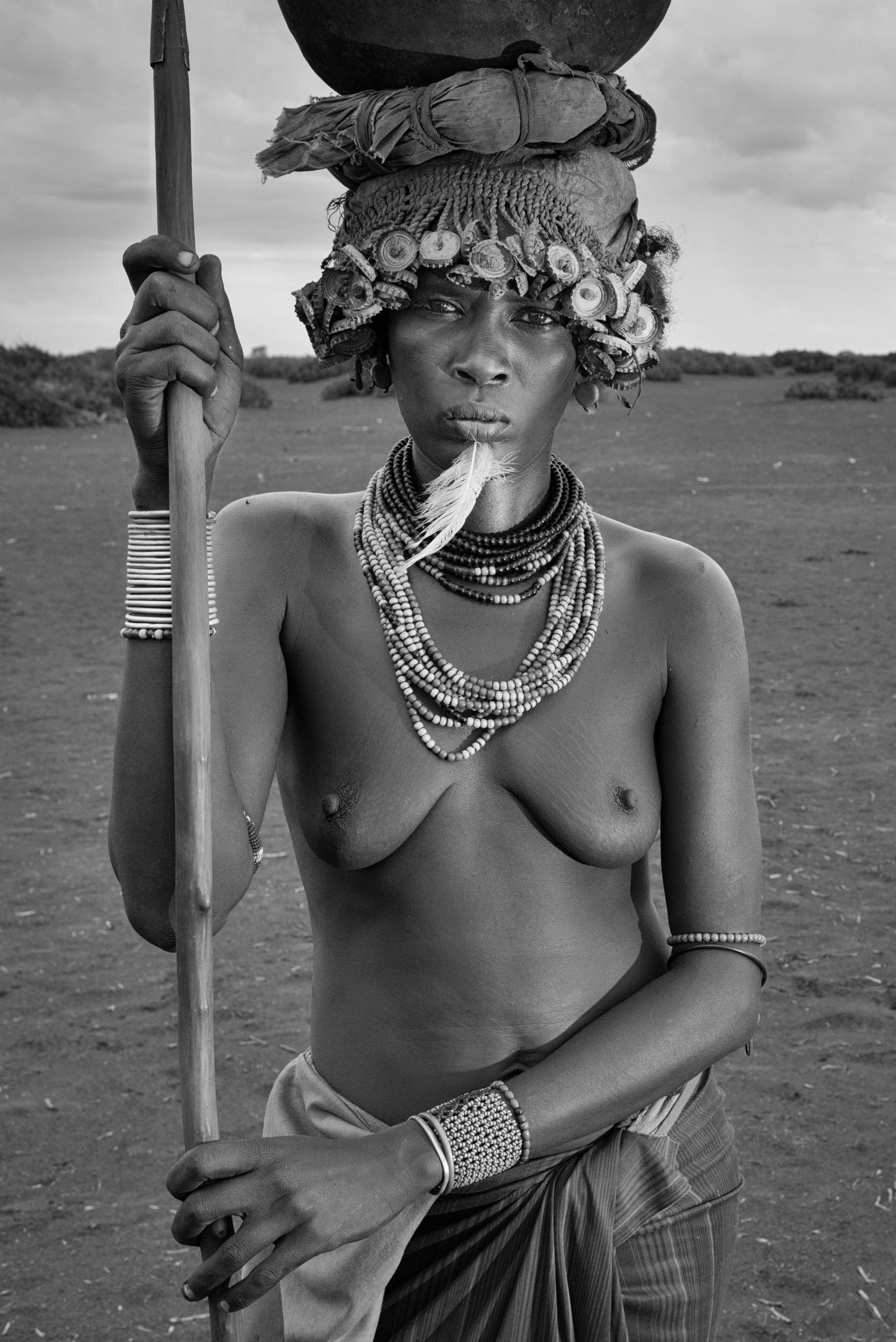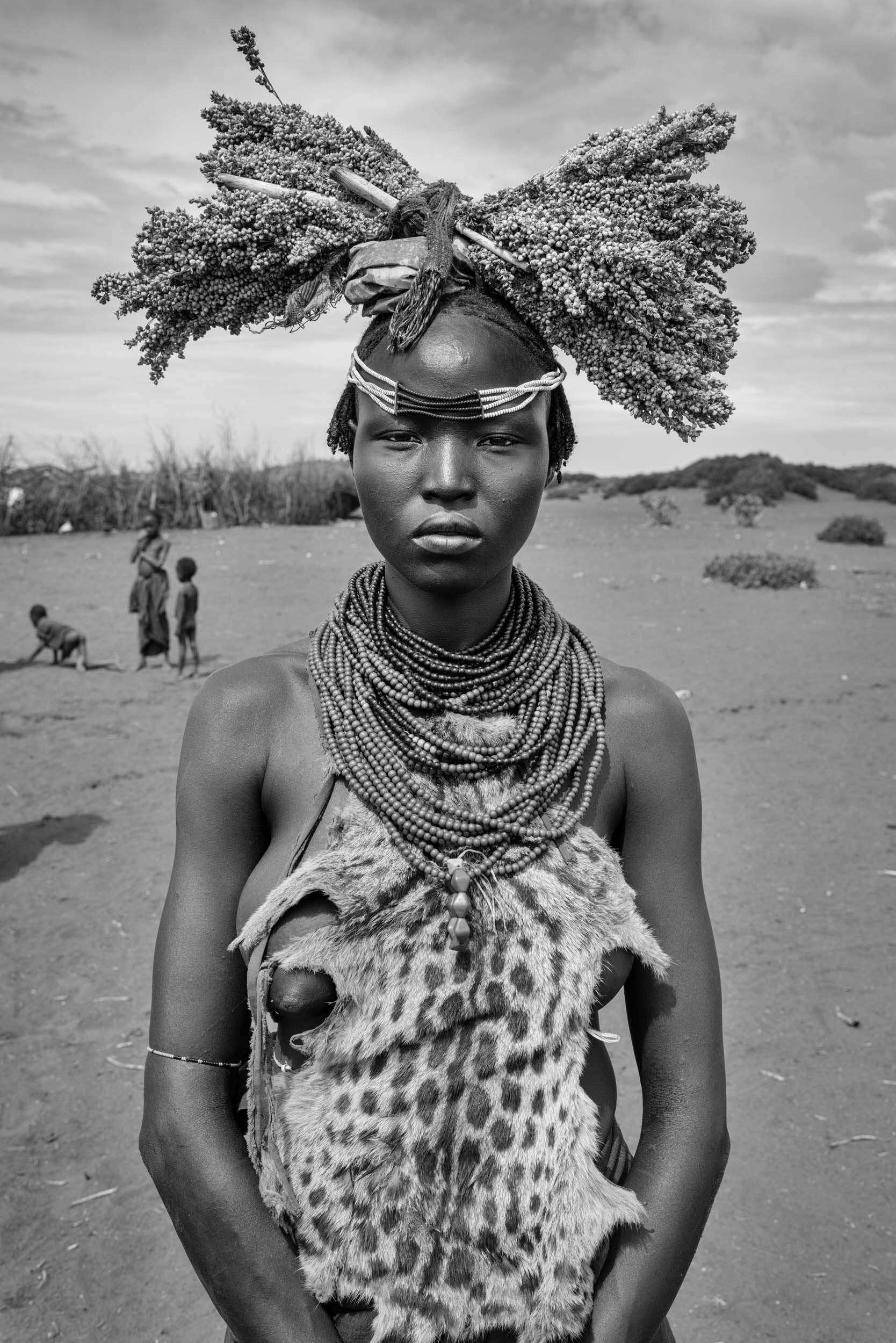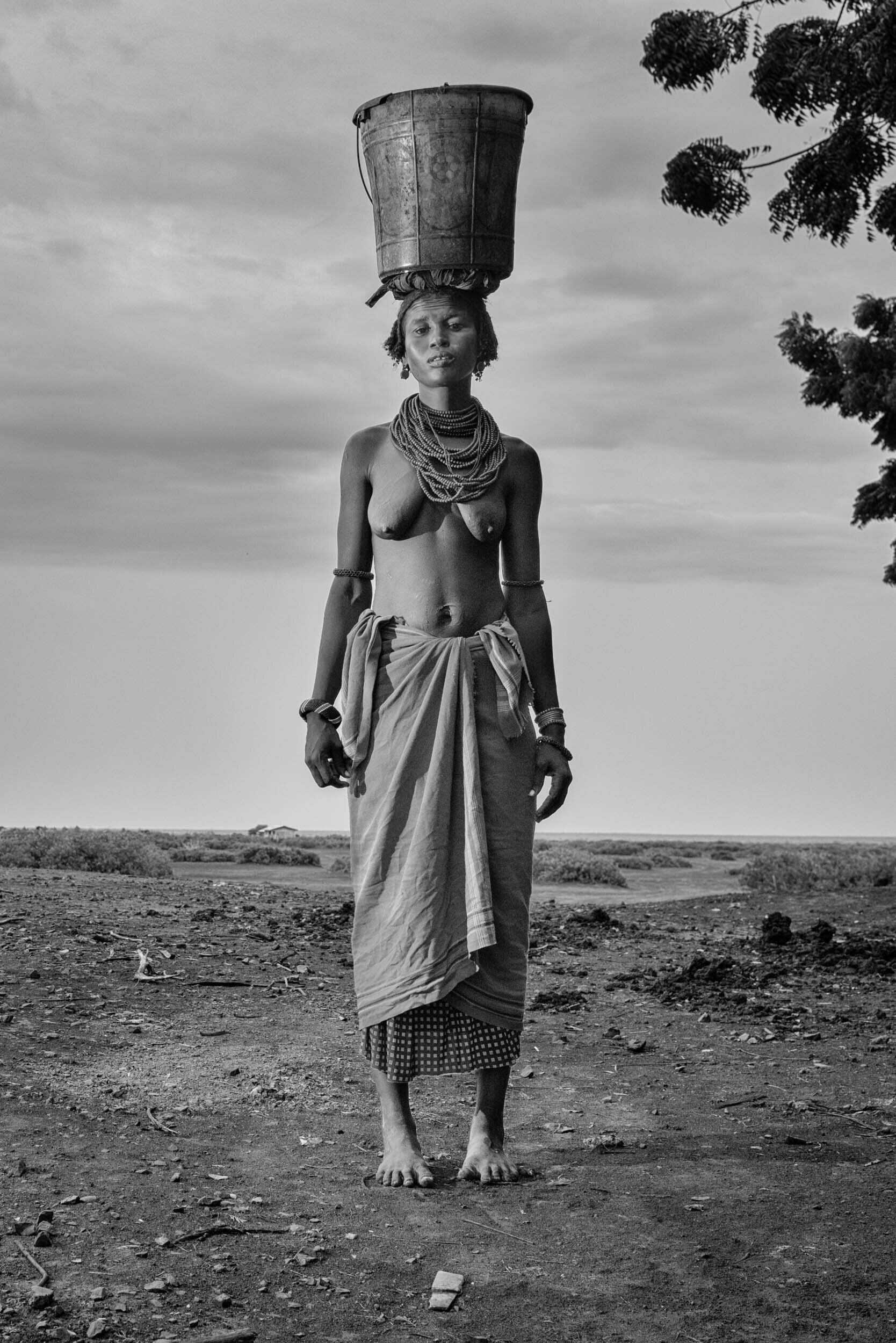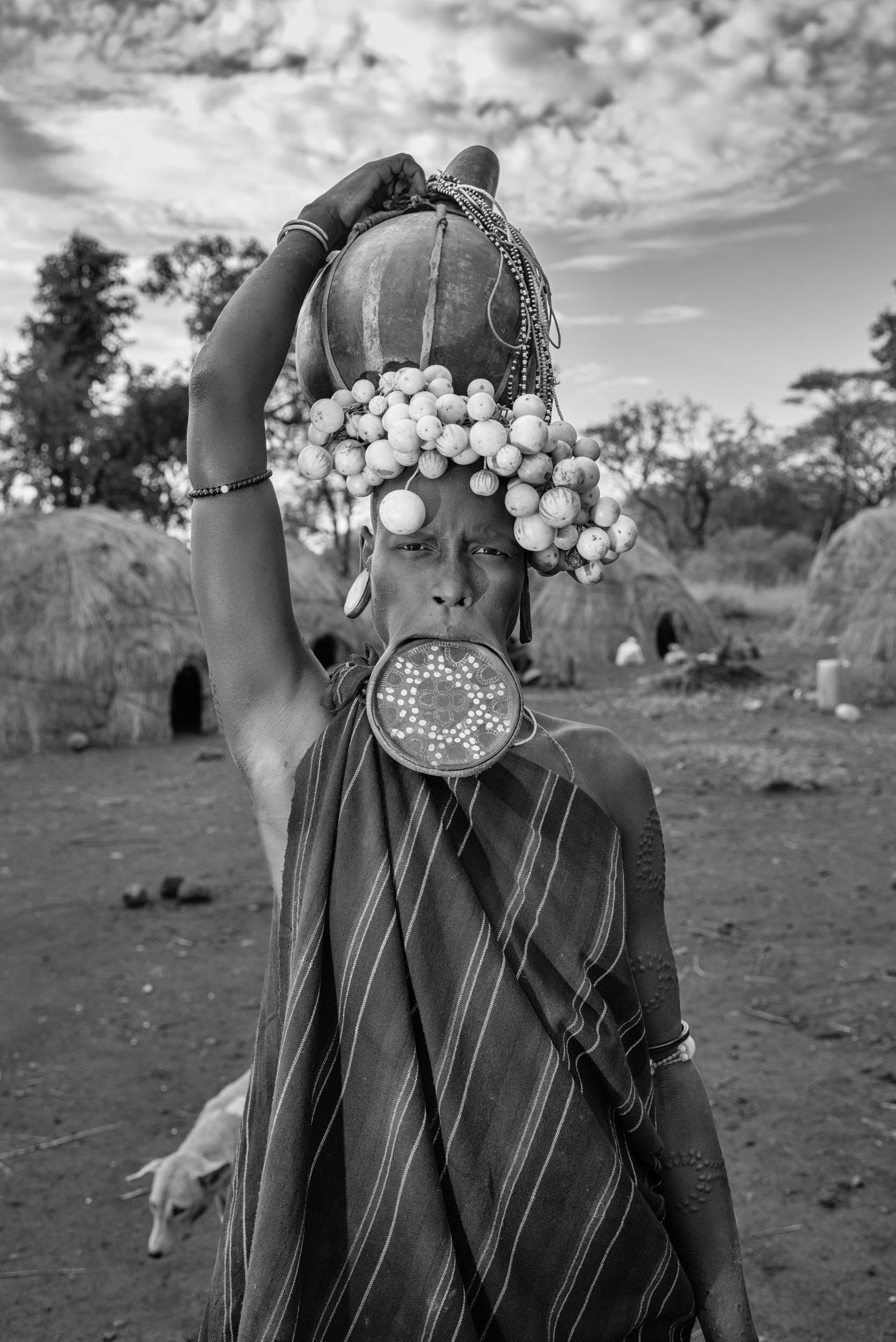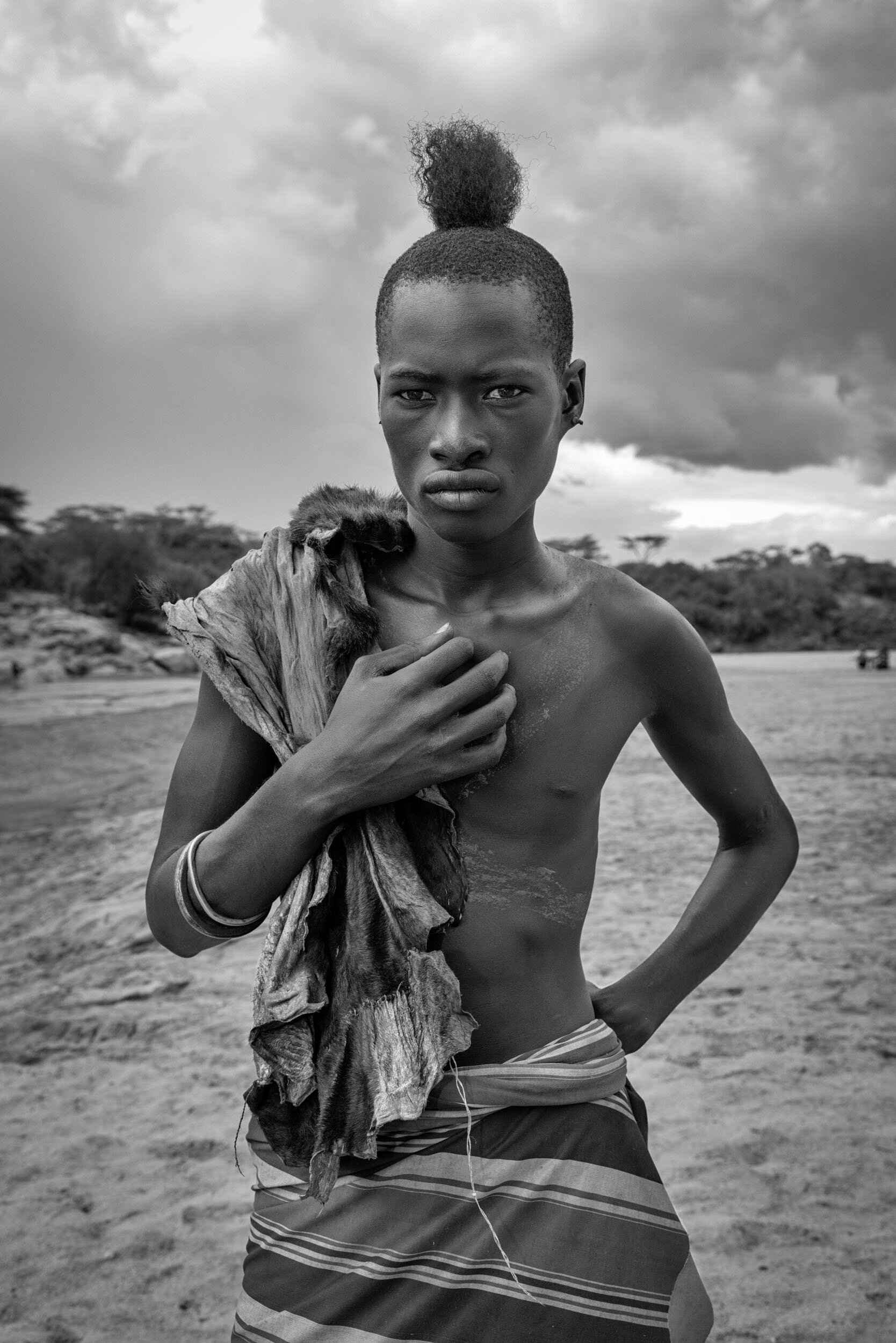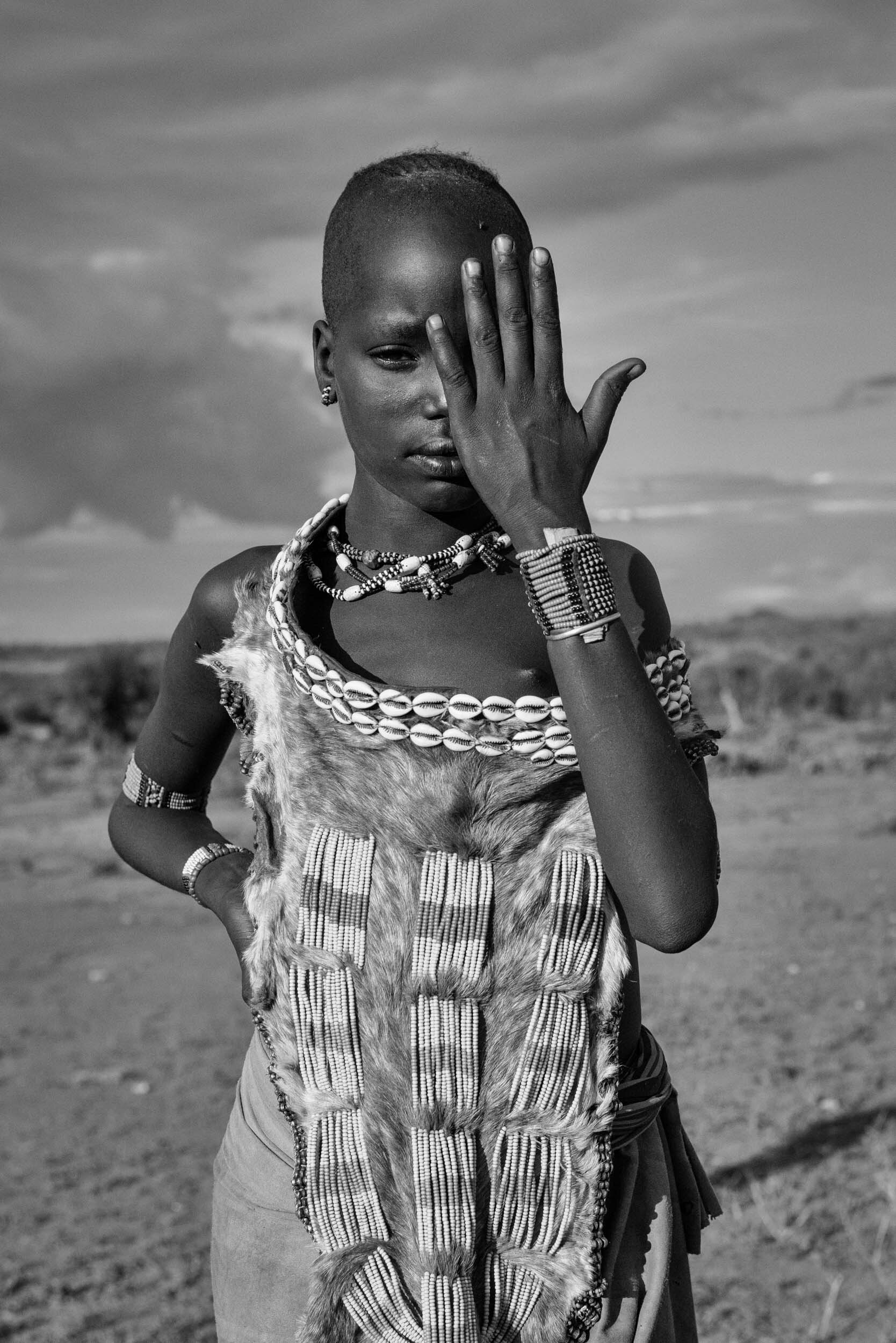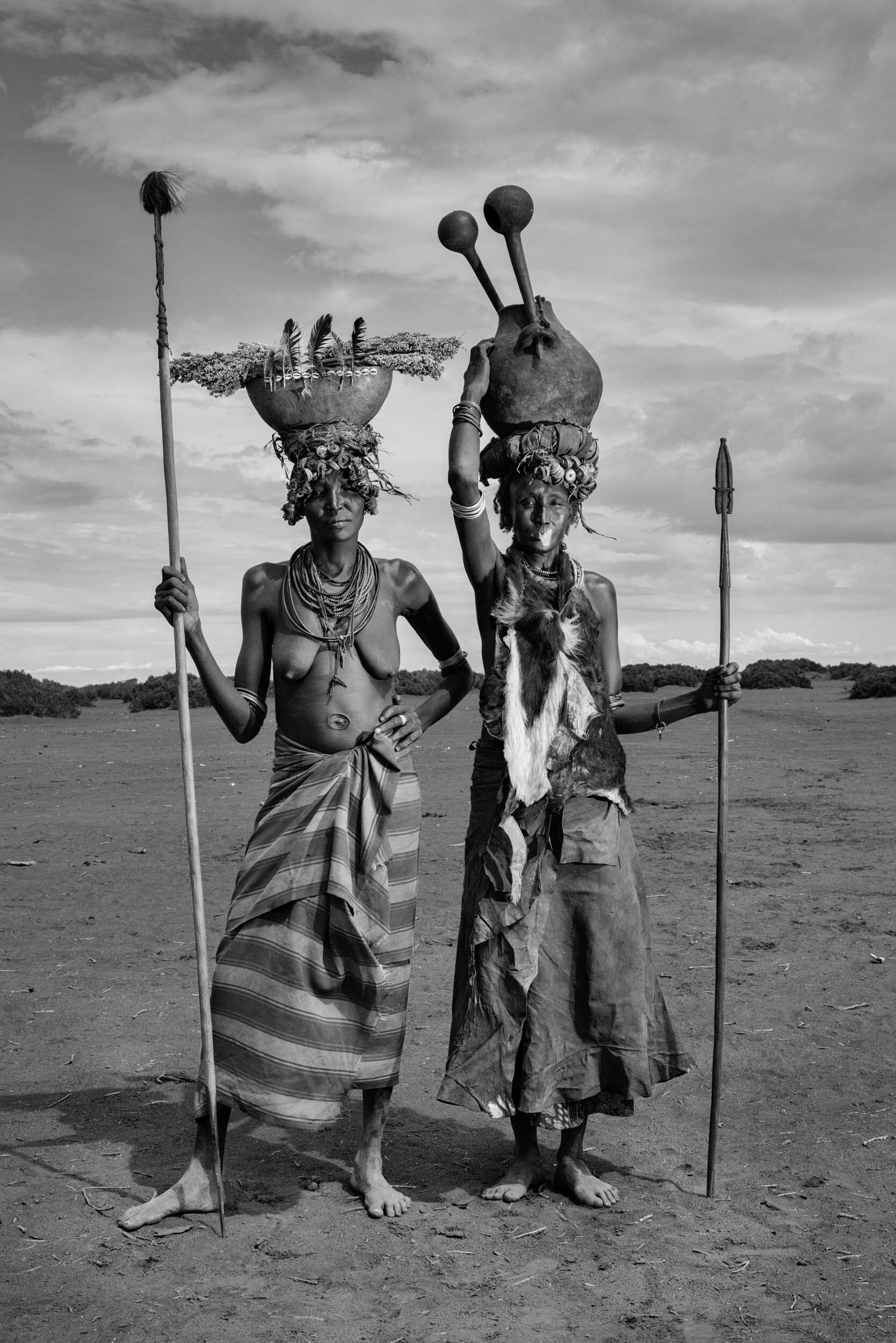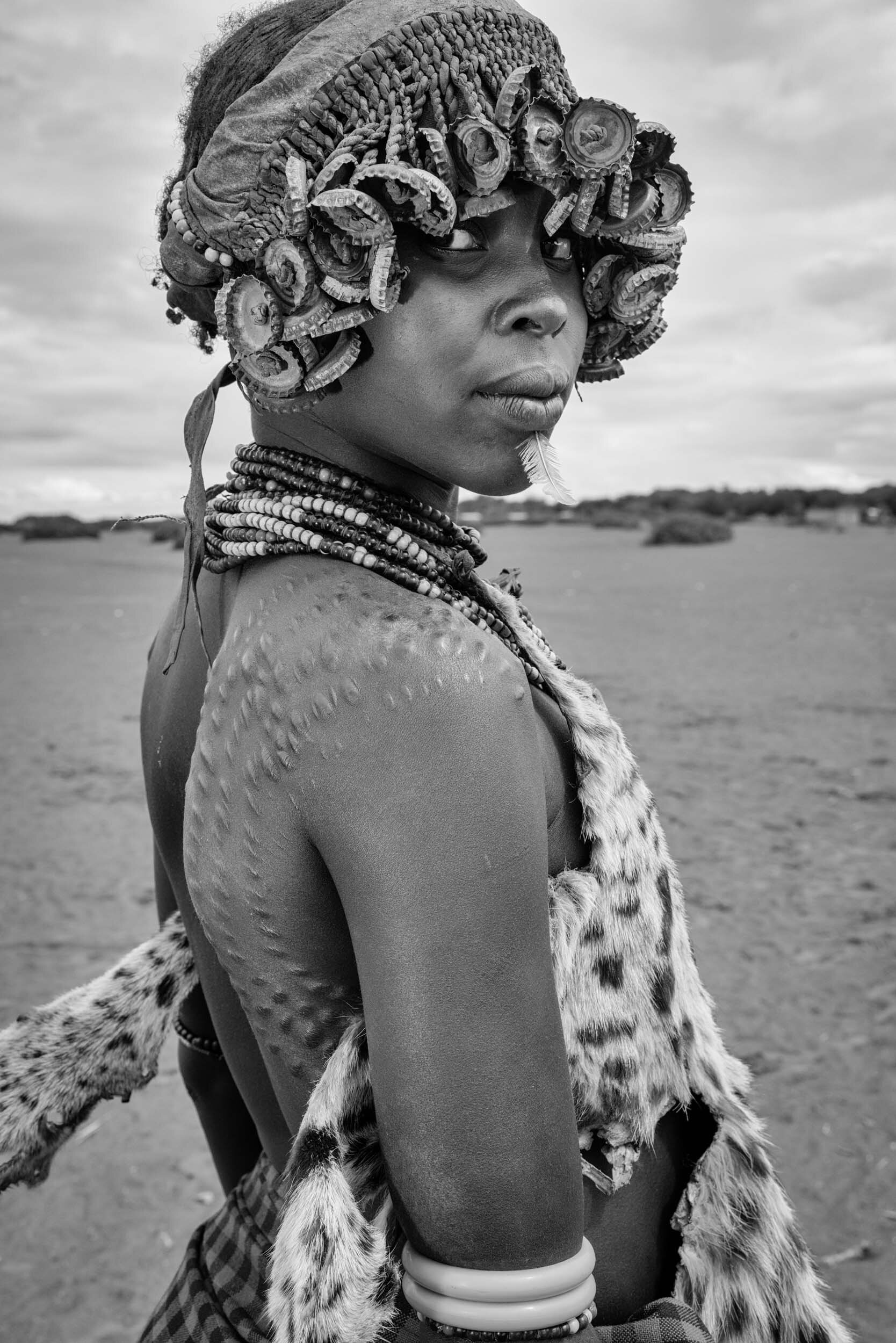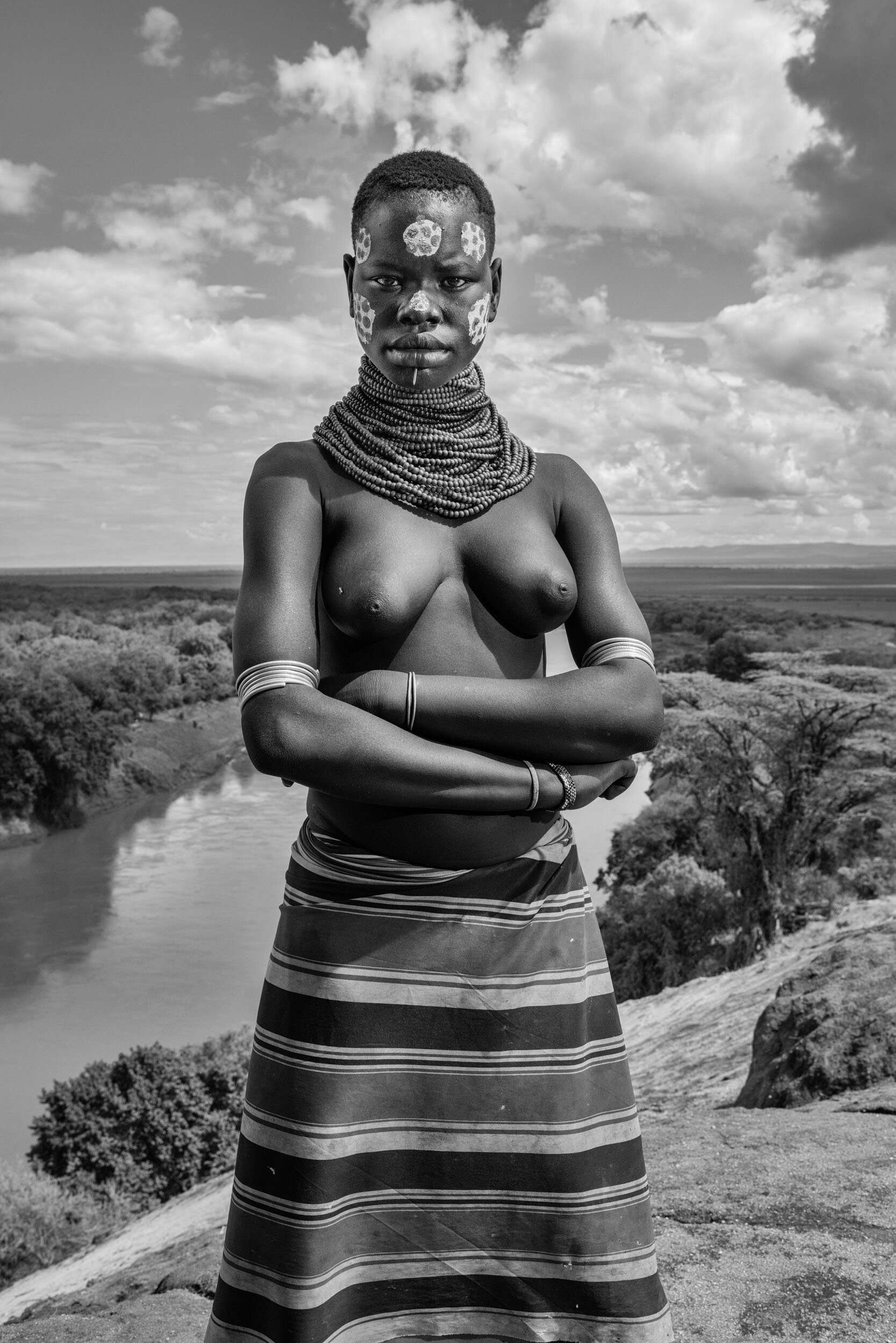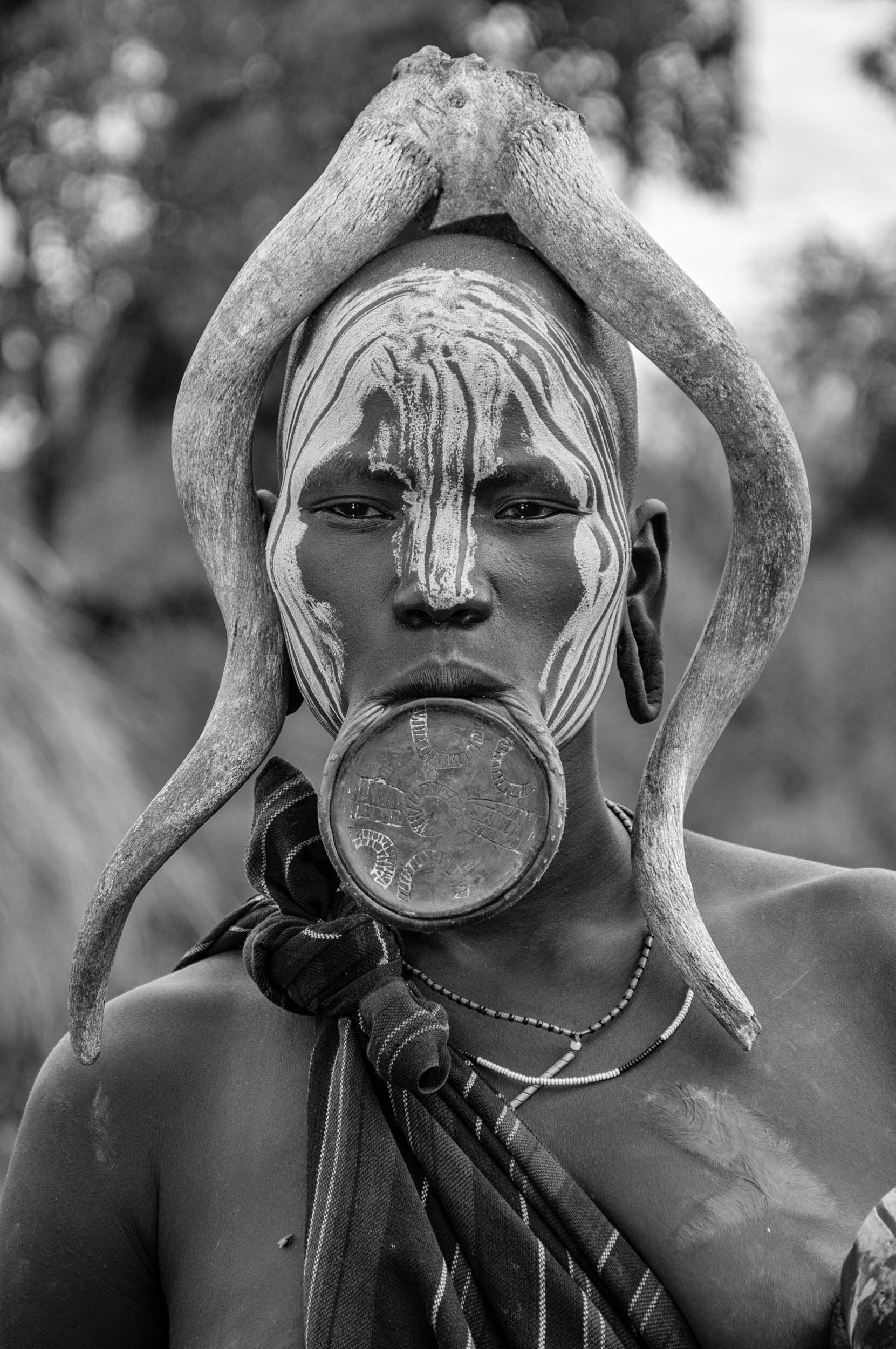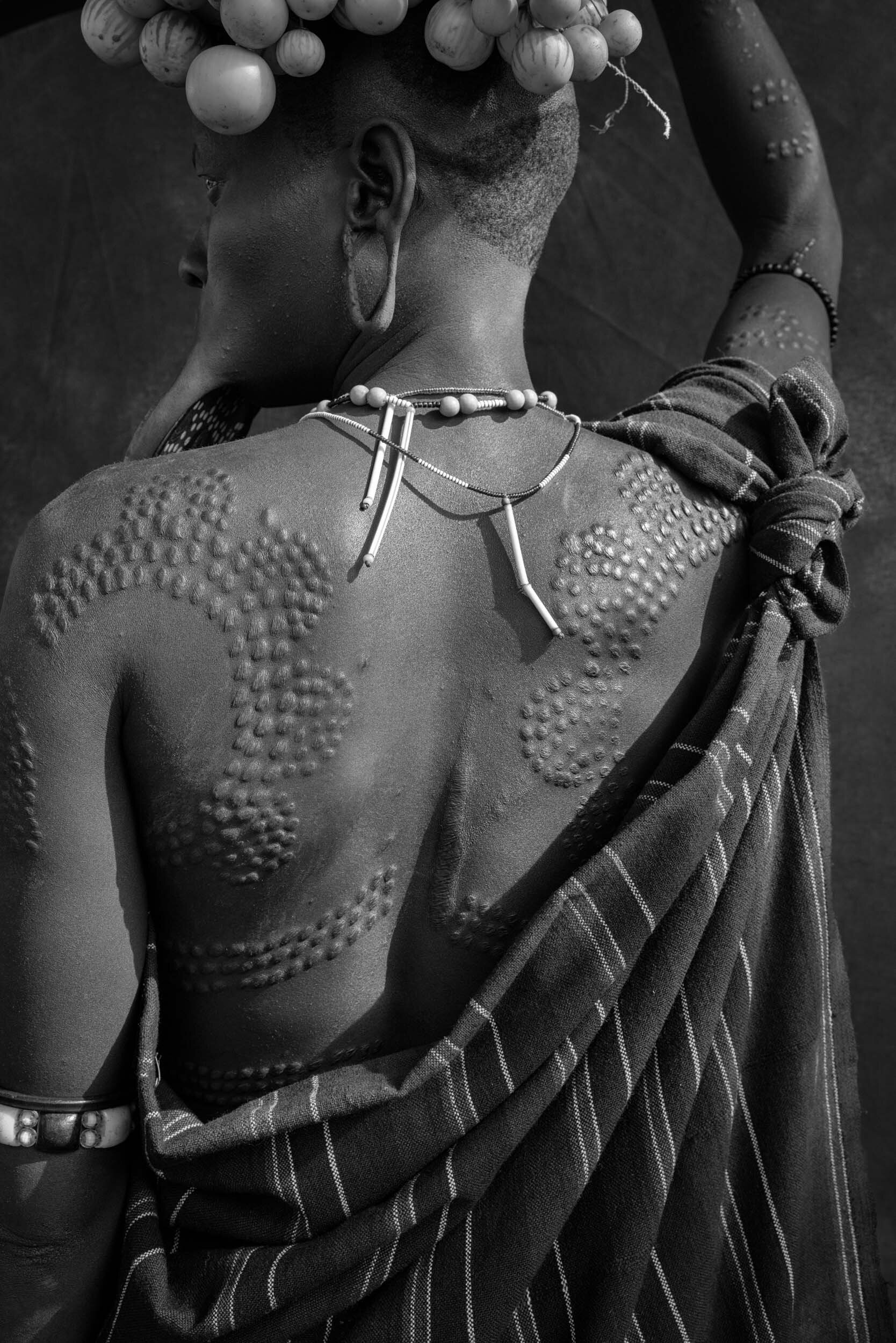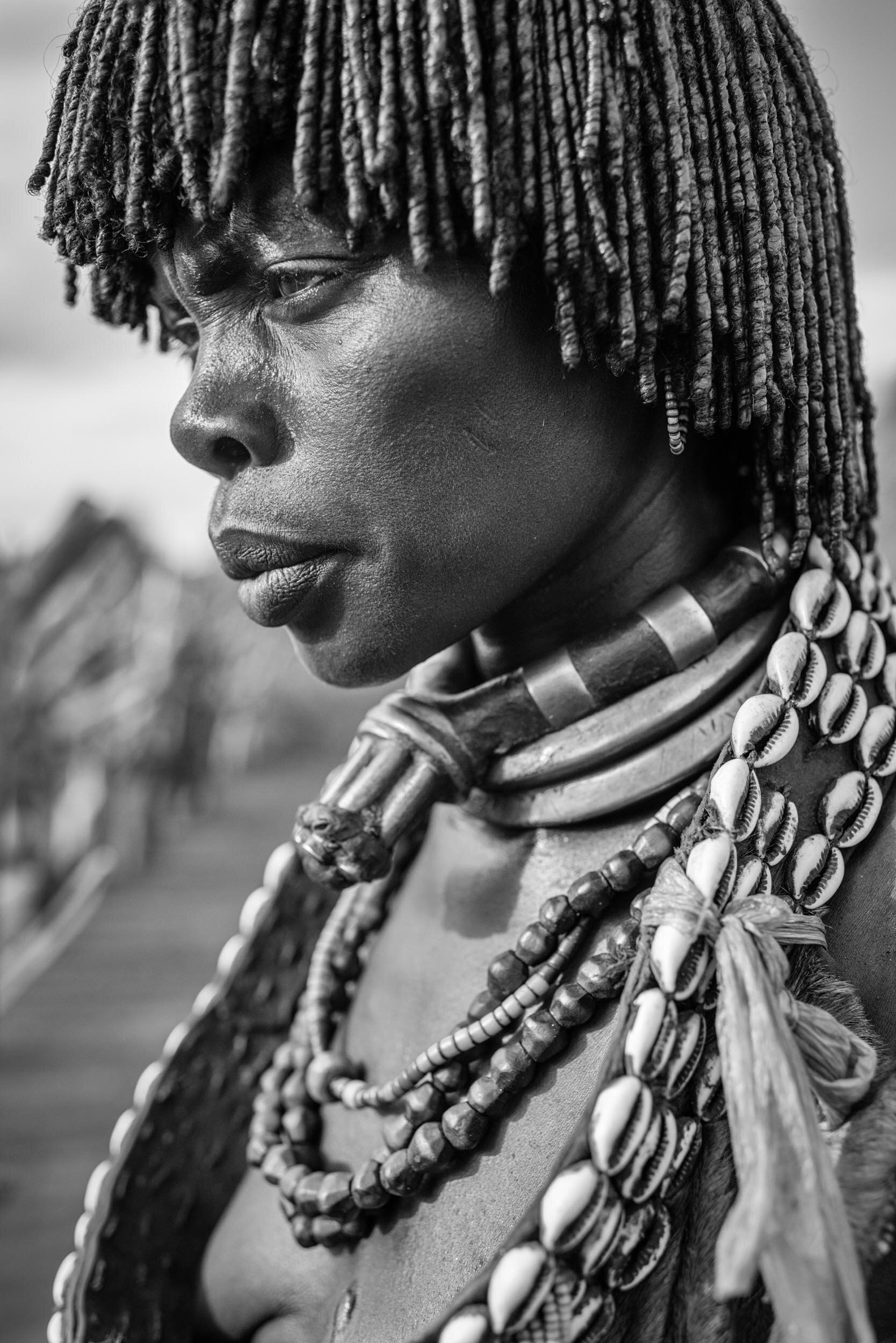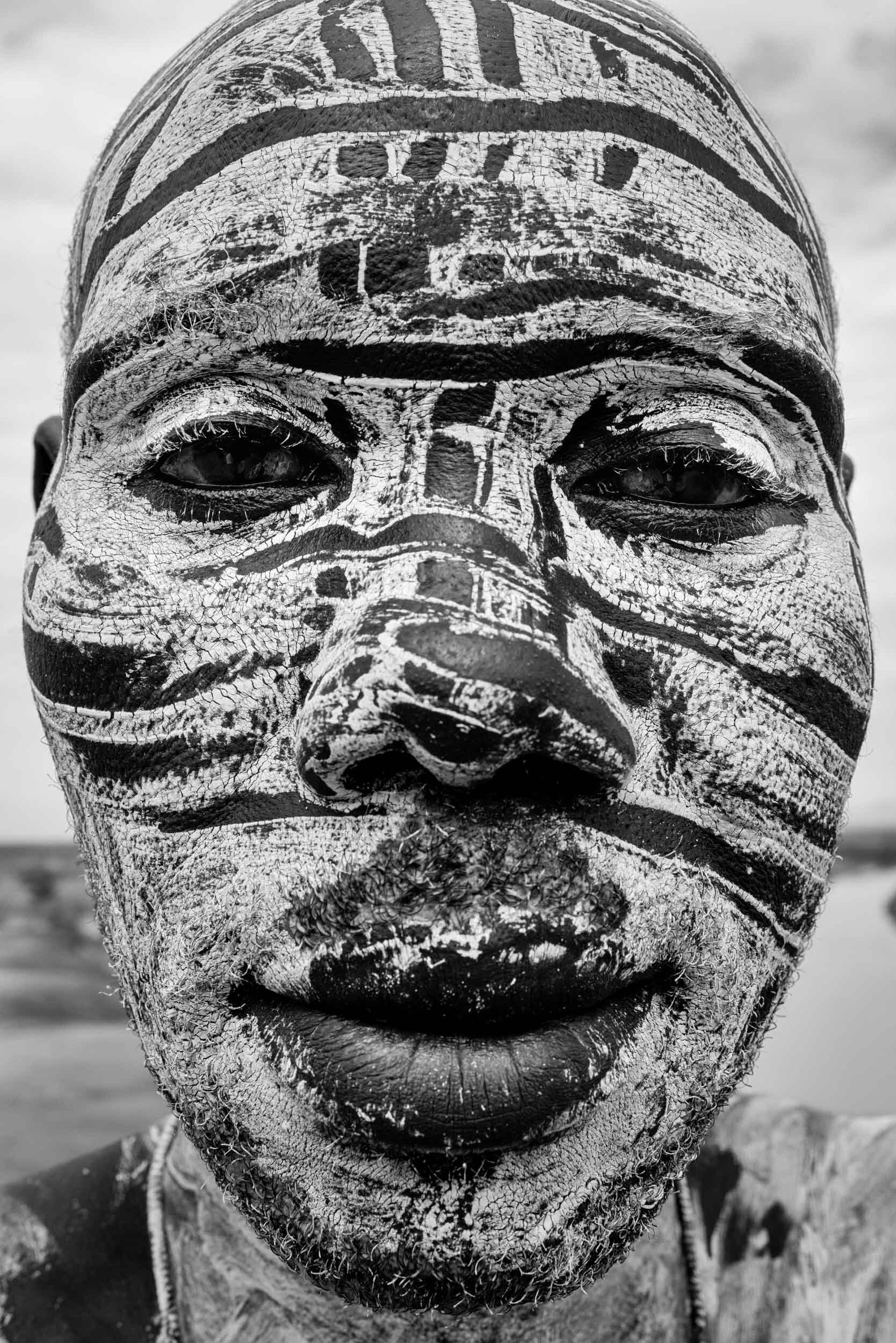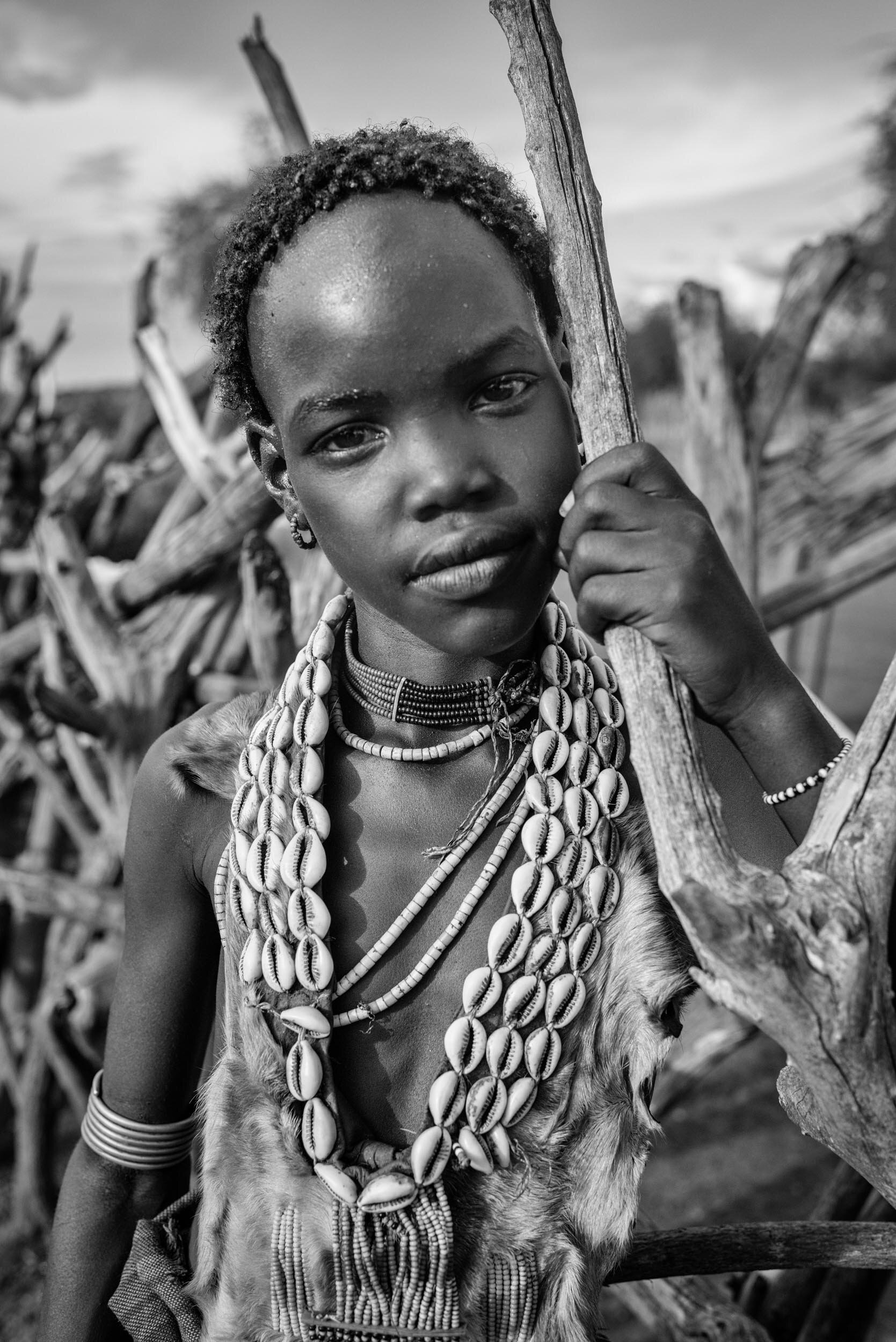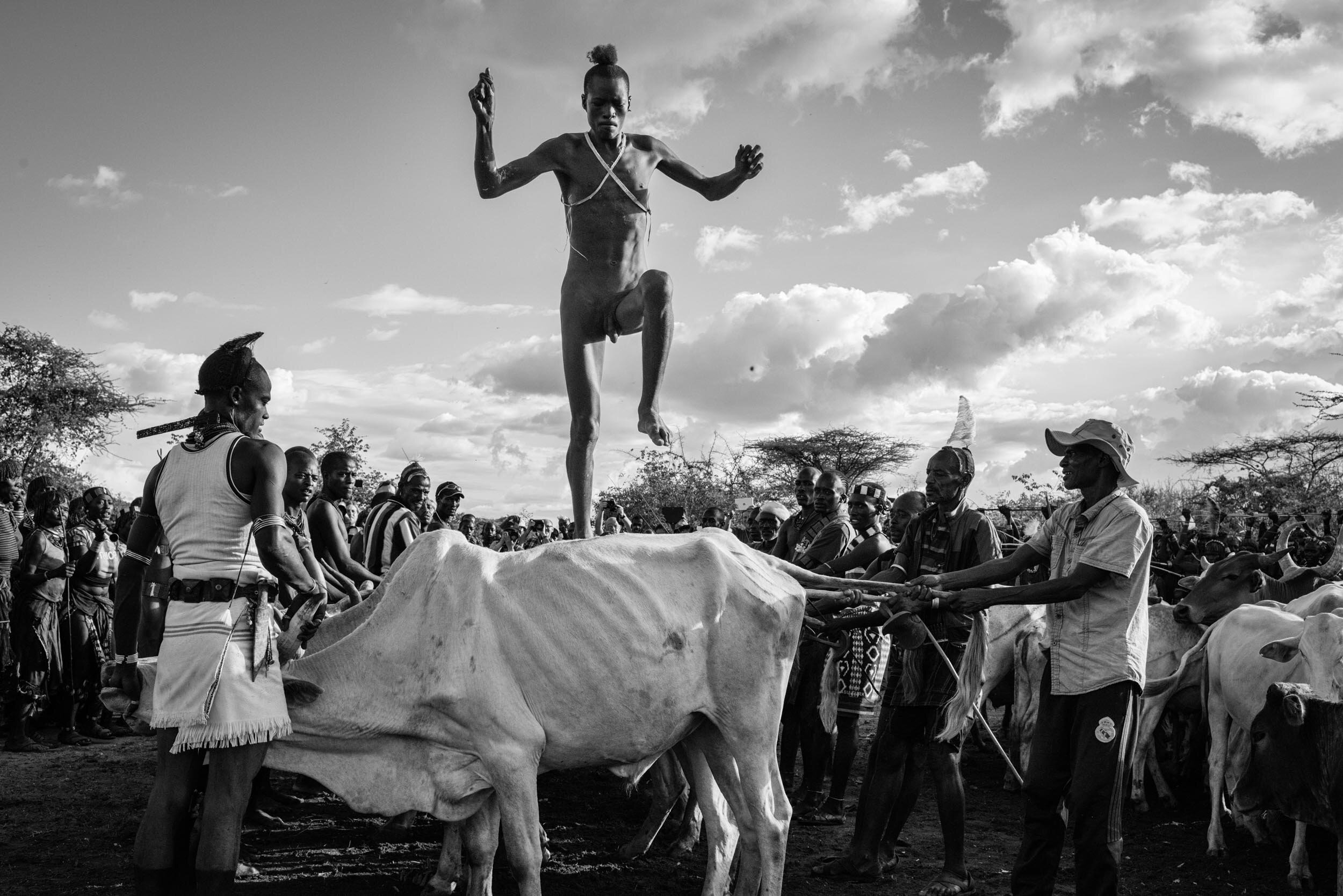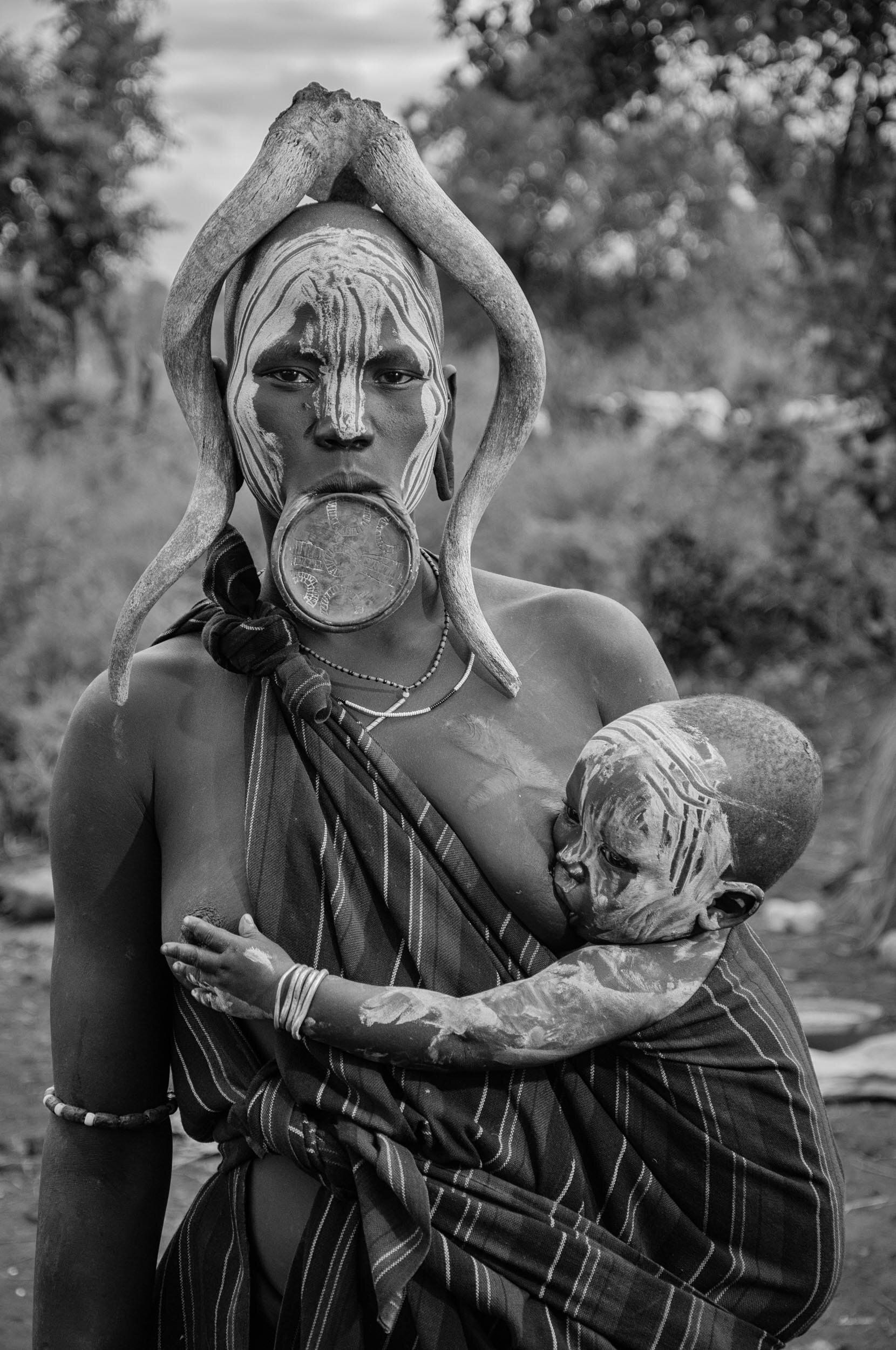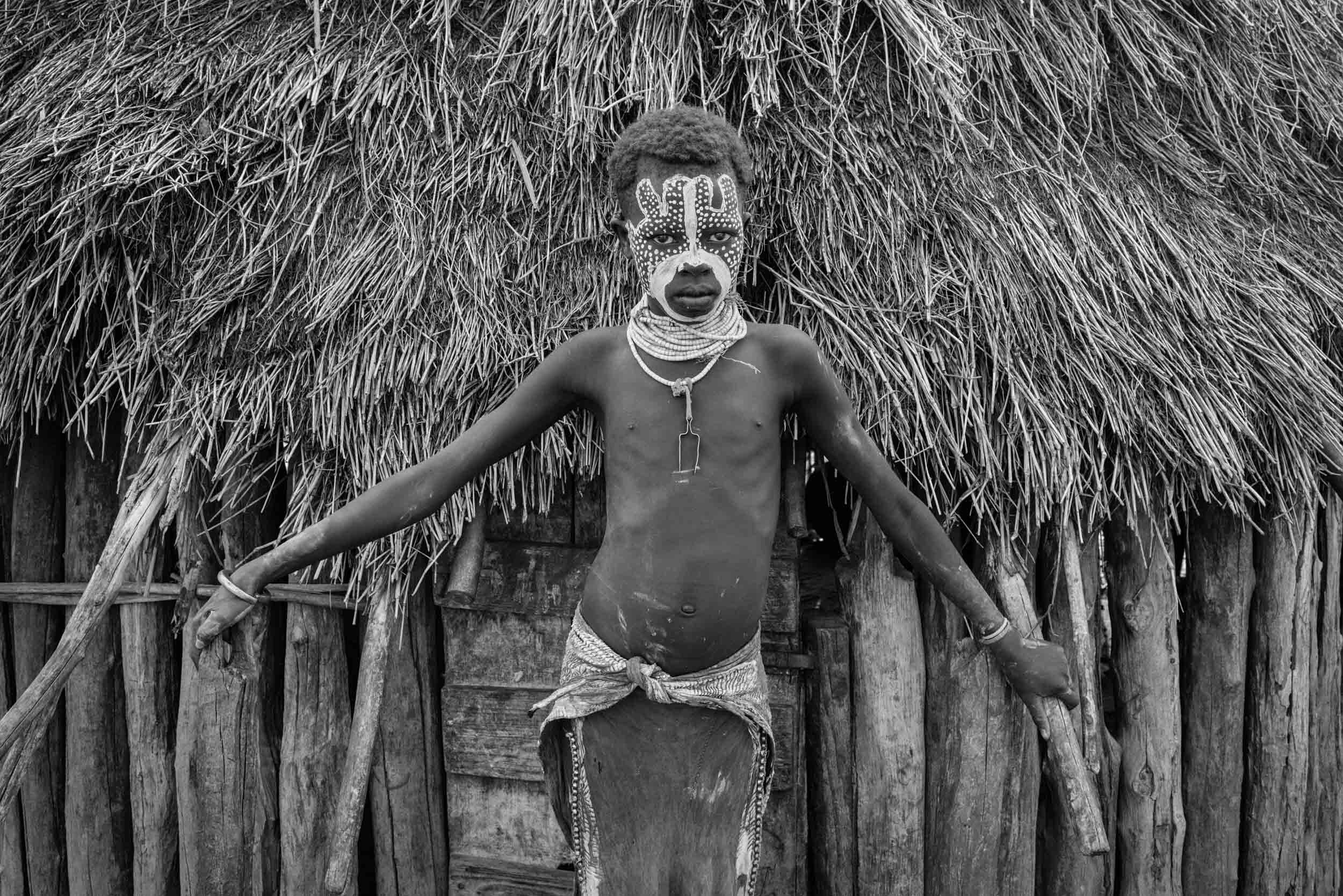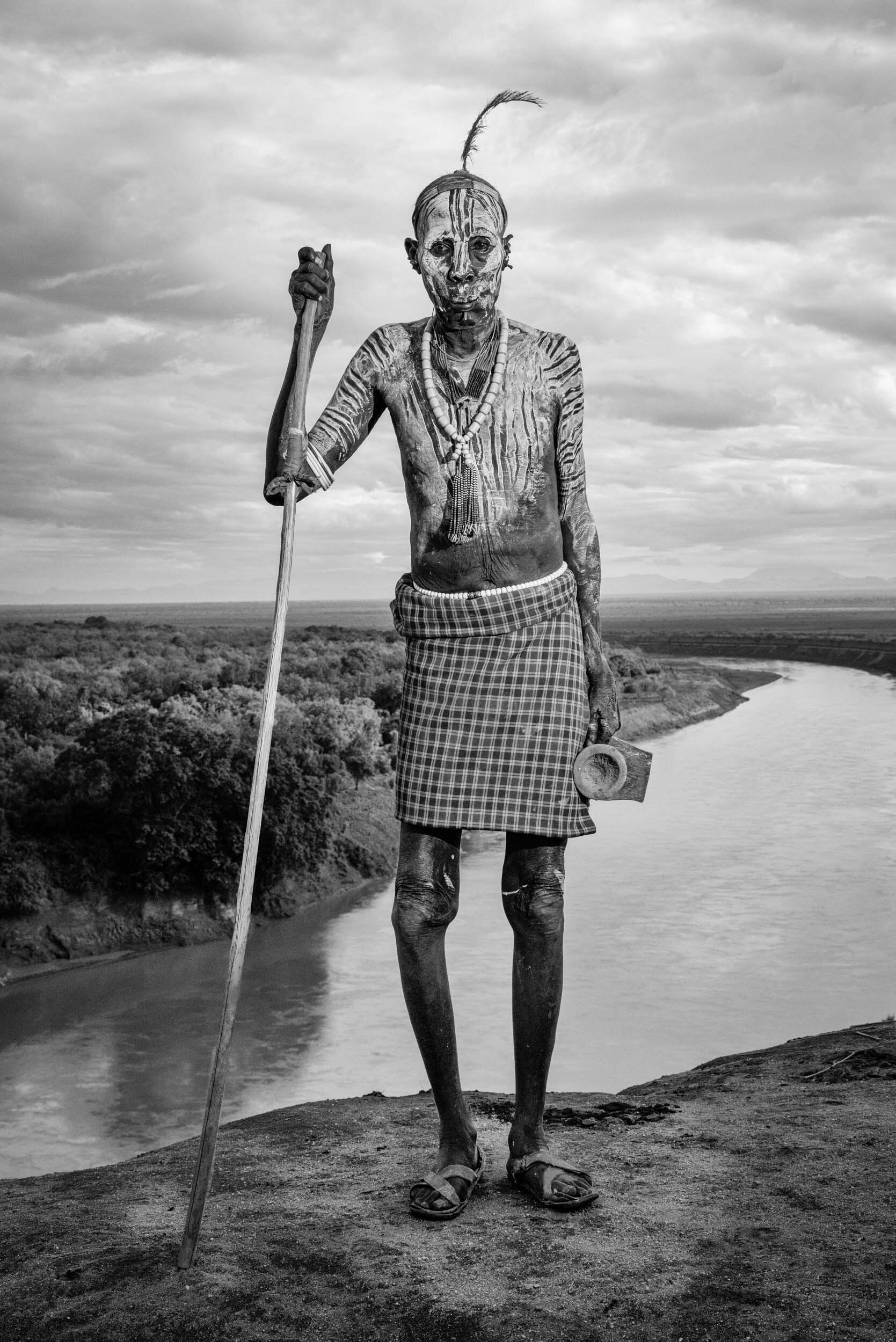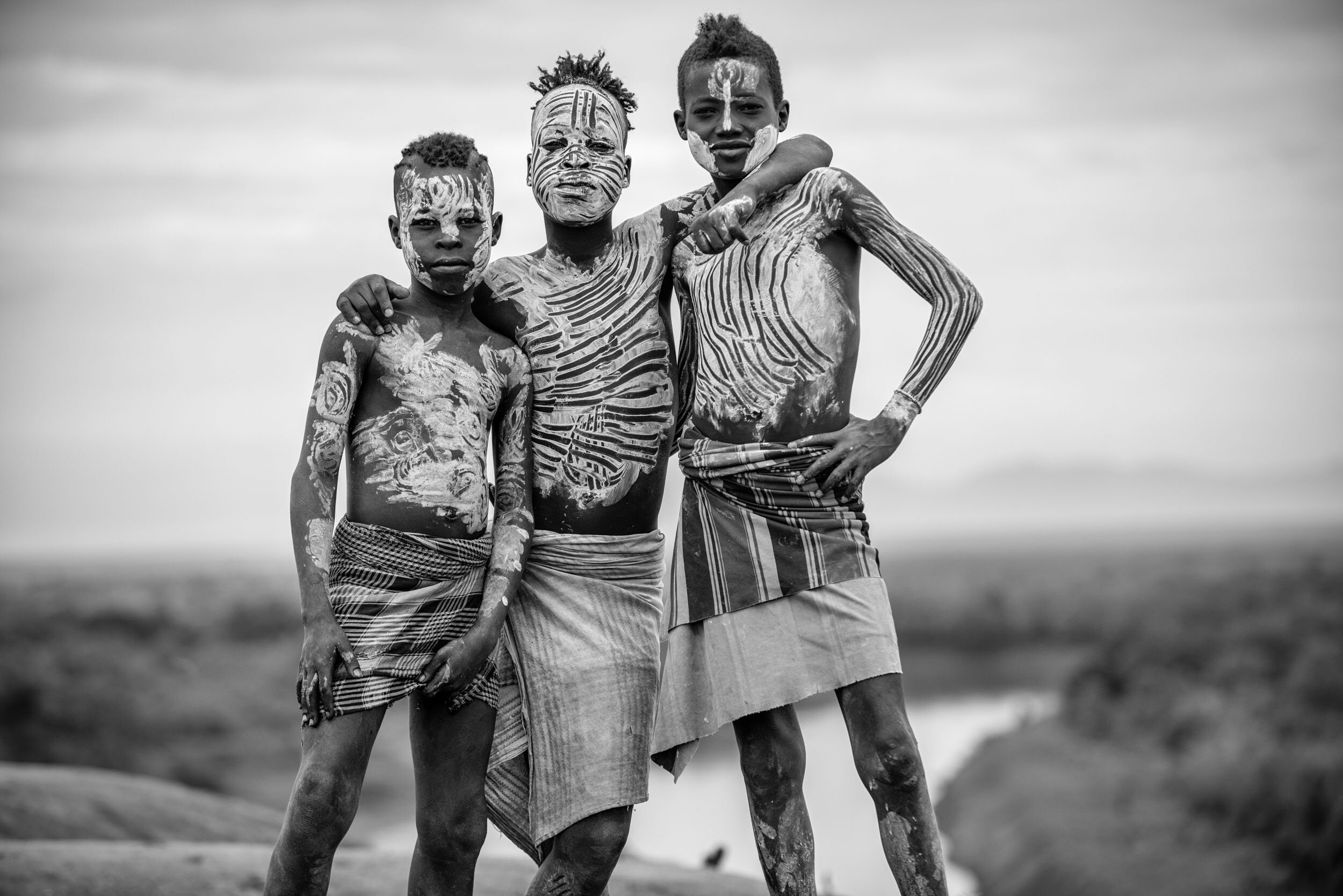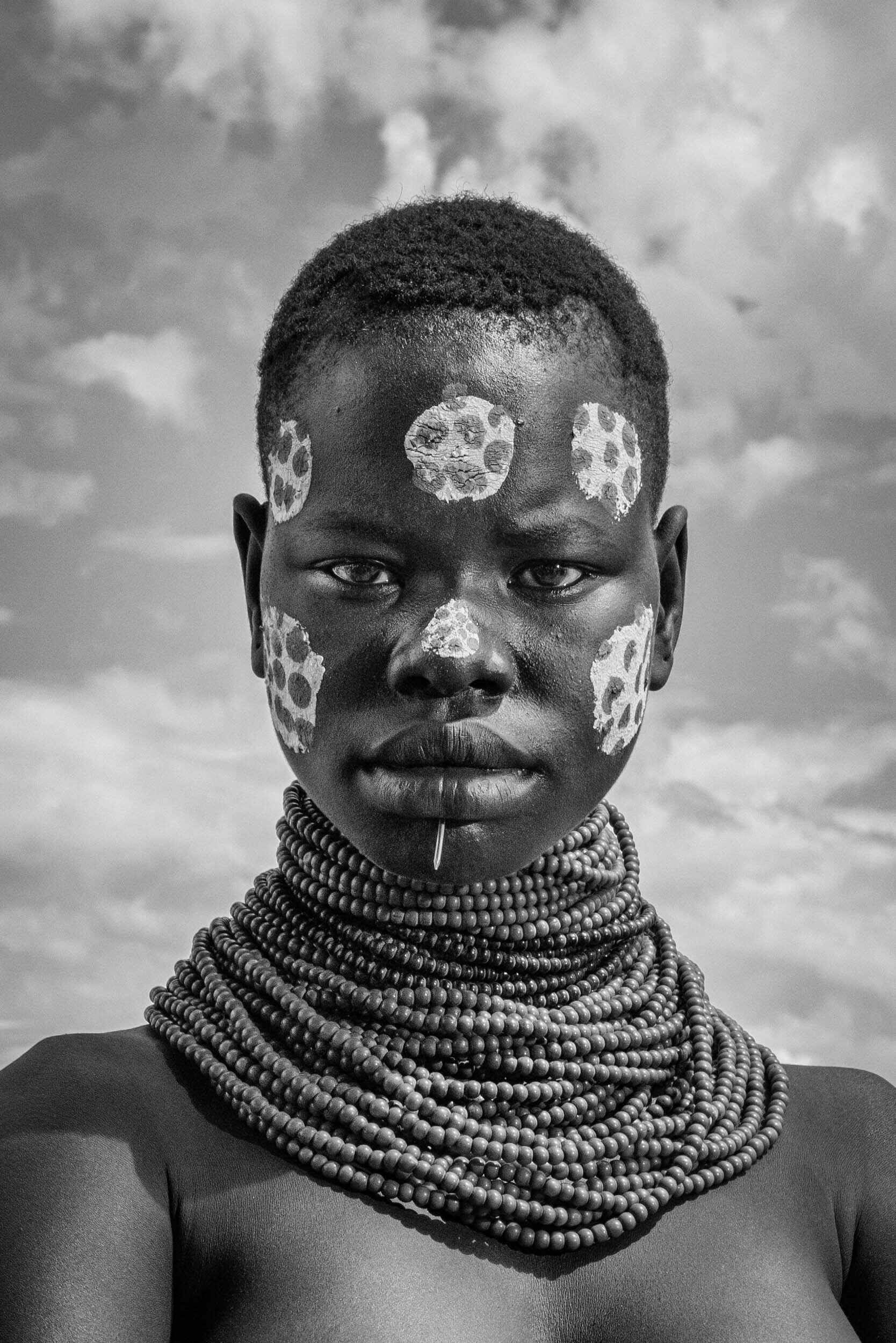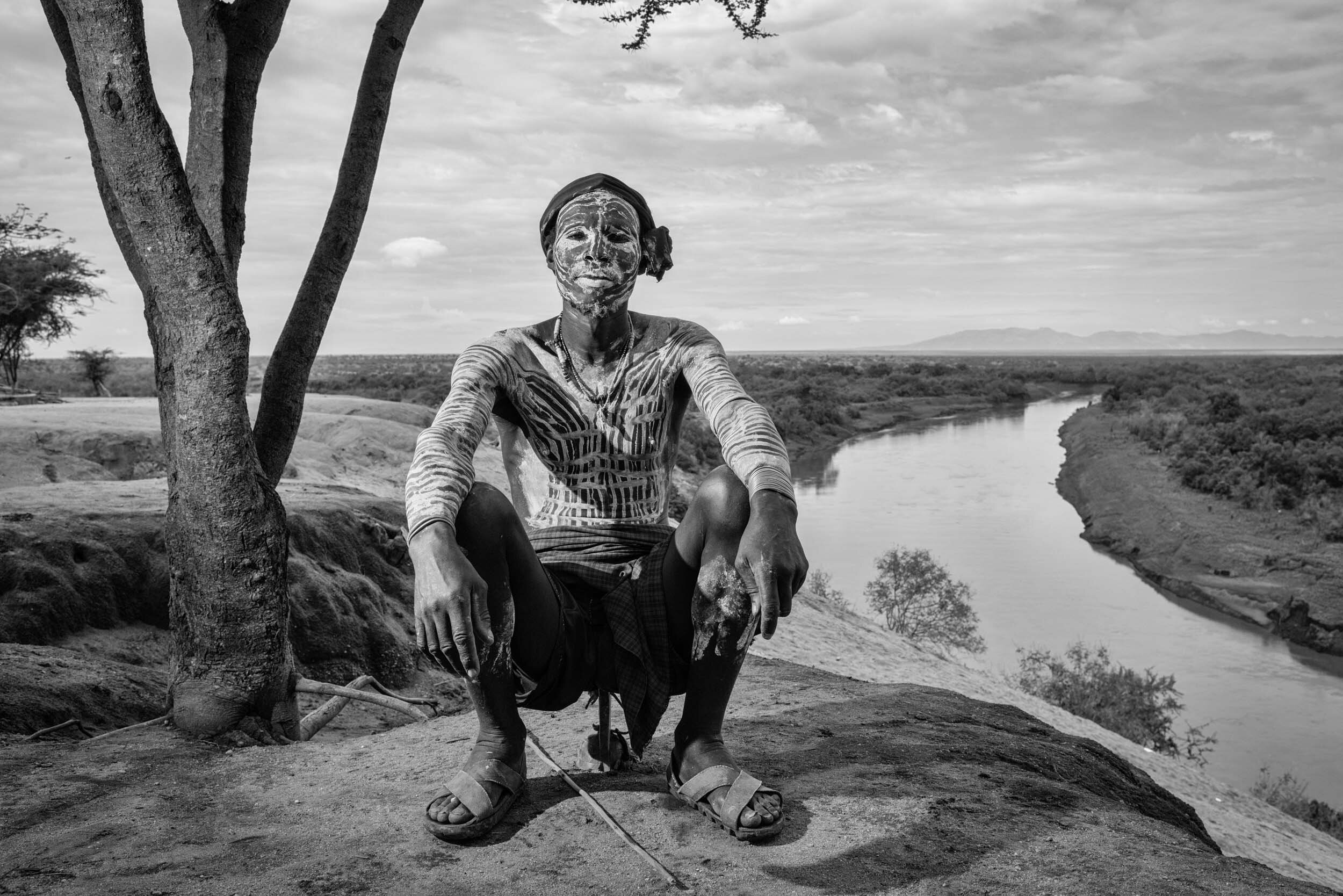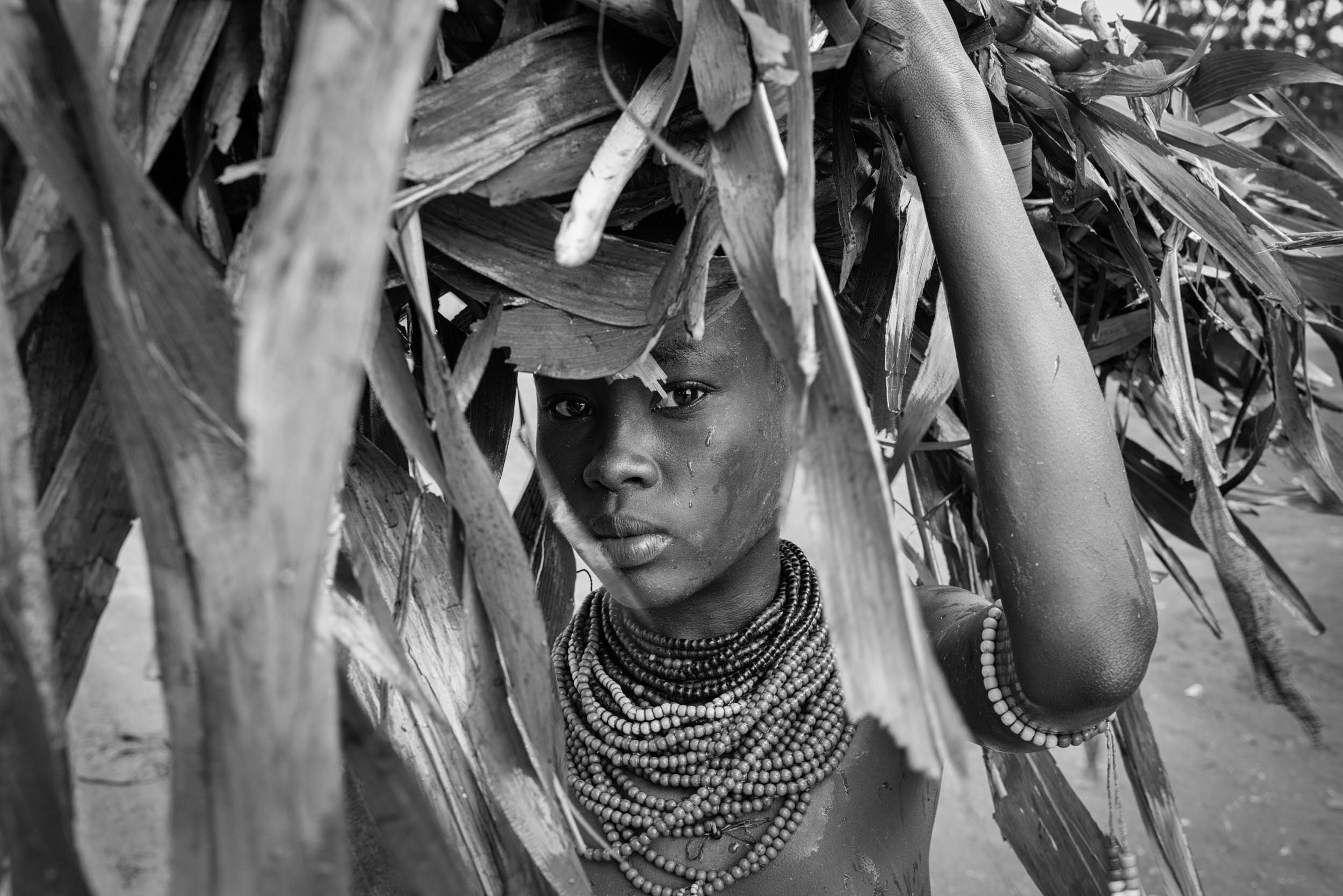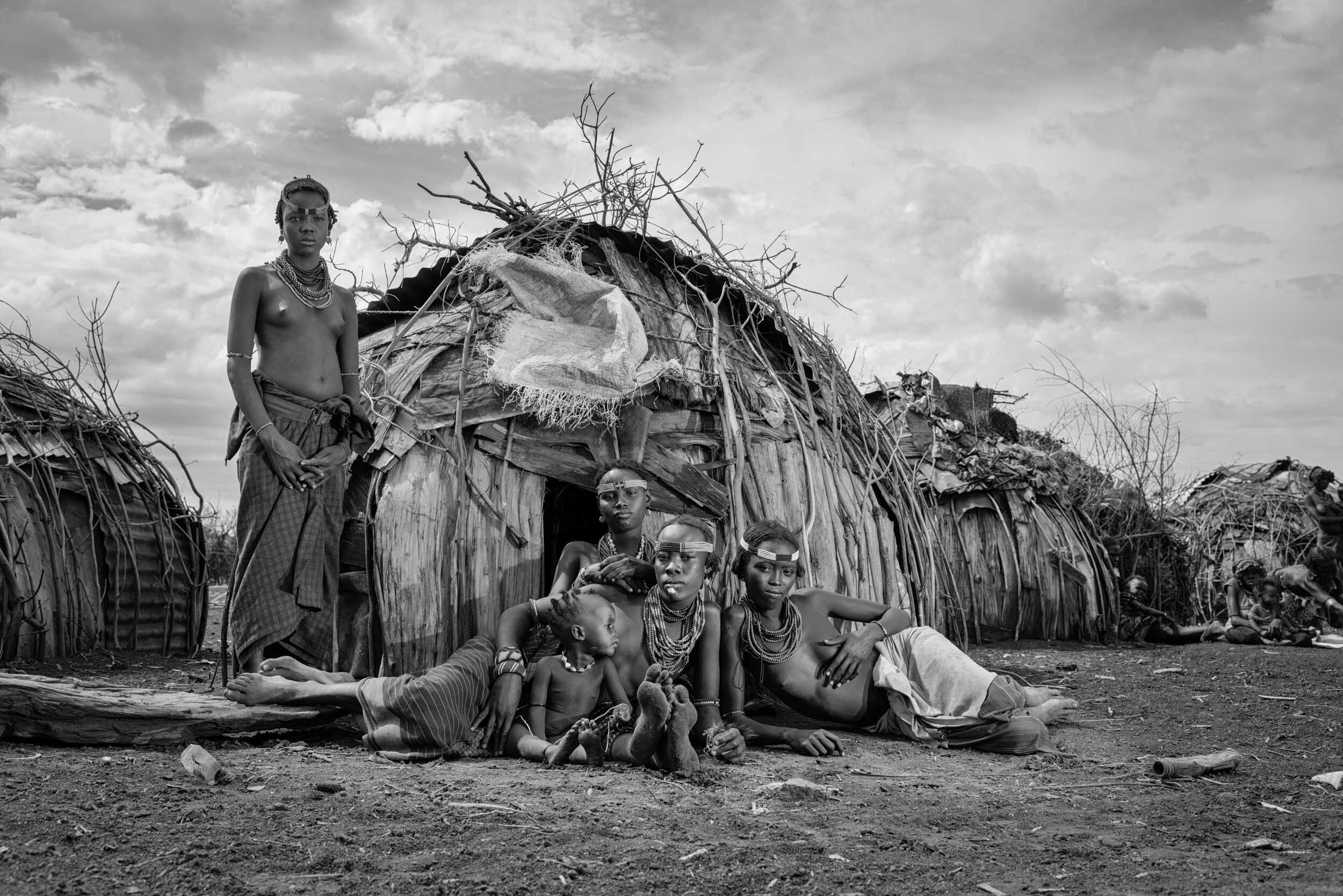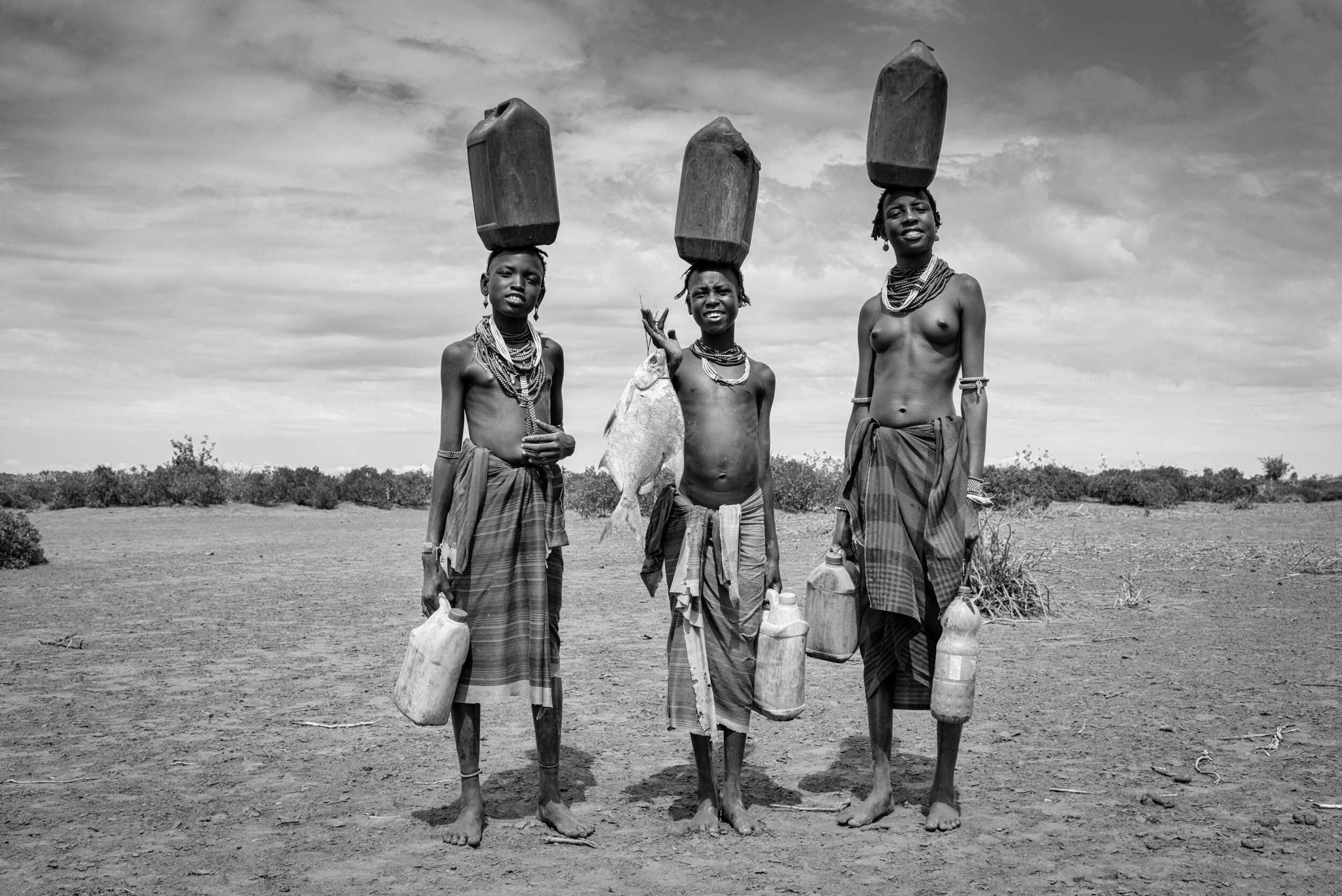Portraits of the Omo valley
The Omo Valley located in the South West of Ethiopia is one of the most culturally rich tribal regions in the world. Nine main tribes (Dassanach, Hamer, Karo, Mursi, Nyangatom, Kwegu, Turkana, Bodi, and Me'en) and many other smaller tribes with a population of 250,000 tribal people are living in the valley. Ethiopia’s distinction is that it is the only African country that has never been colonized; thus, tribes were never influenced by European powers and the remoteness of the valley helped – shielded from the modern world – a part of ancient Africa in its truest form survive.
Many of the tribes are agro-pastoralists, who live close to the river or lake during the dry season but return to the grasslands when the rains come. The tribes are remarkably unique from each other. They decorate their bodies with clay from the rivers, scarifications, animal skins, horns, shells, beads and feather. Many of the tribes still remain naked with women wearing animal skill loin clothing. Each tribe’s customs are different.
Unfortunately, their world is changing rapidly - with the building of the Gibe dams, massive growth in tourism and largescale industrialized farming. In particular, the building of the latest hydro-electric dam Gibe III to provide electricity for Ethiopia and export to its neighboring countries along with the associated land grabs for commercial plantation has threatened the way the tribes live as well as their livelihoods. The government is also planning further dams Gibe IV and V and this will have an even larger impact. It will inevitably result in the destruction of already fragile environment and whatever remains of the livelihood of the tribes, which in turn are closely linked to the river and its annual flood. They have lived in this area for centuries and have developed technique to survive in a challenging environment. Thus, their way of living and their unique cultures will be lost forever.
The Omo Valley is known as the last frontier of men with the largest congregation of tribes, which are remarkable unique to each other. The tribal areas are still raw, natural and timeless. Anja Bruehling’s project ‘Portraits of the Omo Valley” provides an insight into the tribes of the valley before this will go away very soon forever.
All images © 2012-2024 Anja Bruehling • All rights reserved • Please do not use content without prior written permission.

